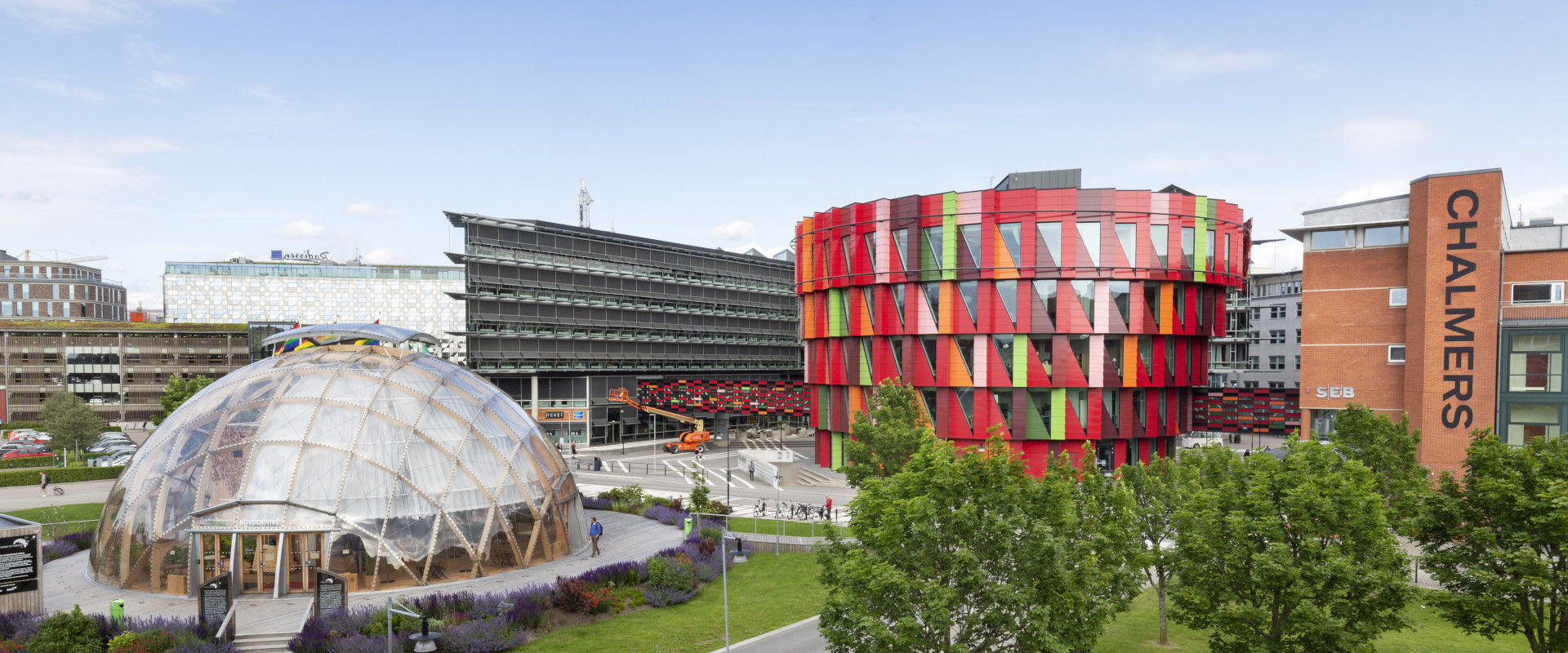The postdoctoral researcher will contribute to the development of a new generation of neutron noise-based techniques for light water reactor monitoring and diagnostics. The machine learning models will be, for the first time, investigated using experiments of neutron noise induced by well-characterized and documented perturbations. The outcome of the project will lead to methods that can support more efficient and safer operations of nuclear power plants.
Information about the department
At the department of Physics, the Division of Subatomic, High-Energy and Plasma Physics covers a broad range of research topics. We are inspired by some of the biggest scientific questions: What is our universe made of? What forces govern it? How does it evolve?
We also explore applied physics, such as energy-related research, related to phenomena on subatomic scale. More specifically, our education and research projects connect to theoretical and experimental subatomic physics, mathematical and high-energy physics, plasma and fusion physics, and nuclear-physics applications. In the division, the group ‘reactor physics, modeling and safety’ conducts research in computational nuclear reactor physics, core monitoring and diagnostics, and safeguards.
About the Project
A 3-year postdoctoral position is offered in the group ‘reactor physics, modeling and safety‘. The postdoctoral researcher will contribute to the study of a new generation of neutron noise-based techniques for light water reactors monitoring and diagnostics. Reactor neutron noise consists of small, stationary fluctuations of the neutron flux in the core, and it is induced by different physical phenomena such as mechanical vibrations of core components and perturbations of the coolant flow. The analysis of reactor neutron noise allows to identify anomalies that might become a concern for the operations and the safety of the reactor.
In this project, artificial neural networks will be investigated to characterize anomalies from their effect on the reactor neutron noise. The models will be assessed using experiments carried out in a research reactor with well-annotated neutron noise sources. For the training of the artificial neural networks, synthetic datasets will be generated with high-order and low-order computational tools and the impact of modeling approximations will be explored and quantified. The outcome of the project will be important for the development and consolidation of trustworthy methods that can be applied to detect issues in nuclear power reactors and thus support more efficient and safer operations.
Major responsibilities
Your major responsibility as postdoc is to perform your own research in a research group. The position may also include teaching on undergraduate and master’s levels as well as supervising master’s and/or PhD students to a certain extent. Another important aspect involves collaboration within academia and with society at large. The position is meritorious for future research duties within academia as well as industry/the public sector.
Qualifications
To qualify for the position of postdoc, you must hold a doctoral degree awarded no more than three years prior to the application deadline (according to the current agreement with the Swedish Agency for Government Employers).
The position requires sound verbal and written communication skills in English. Swedish is not a requirement but Chalmers offers Swedish courses.
You are expected to be somewhat accustomed to teaching, and to demonstrate good potential within research and education.
Proficiency in reactor physics, computational methods of neutron transport and programming is necessary. Applications without documented knowledge in reactor physics, computational methods of neutron transport and programming will be systematically disregarded. Knowledge in machine learning, artificial neural networks, high performance computing and signal processing is advantageous. Ability to work in a multi-cultural environment is important.
Contract terms
This postdoc position is a full-time temporary employment for two years, with the possibility of a one-year extension.
We offerChalmers offers a cultivating and inspiring working environment in the coastal city of Gothenburg.
Read more about working at Chalmers and our benefits for employees.
Chalmers aims to actively improve our gender balance. We work broadly with equality projects, for example the GENIE Initiative on gender equality for excellence. Equality and diversity are substantial foundations in all activities at Chalmers.
Application procedure
The application should be marked with Ref 20230481 and written in English. The application should be sent electronically and be attached as PDF-files, as below. Maximum size for each file is 40 MB. Please note that the system does not support Zip files.
CV: (Please name the document as: CV, Surname, Ref. number) including:
• CV, include complete list of publications
• Previous teaching and pedagogical experiences
• Two references that we can contact.
Personal letter: (Please name the document as: Personal letter, Family name, Ref. number)
1-3 pages where you:• Introduce yourself• Describe your previous research fields and main research results• Describe your future goals and future research focus
Other documents:
• Attested copies of completed education, grades and other certificates.
Use the button at the foot of the page to reach the application form.
Application deadline: September 30, 2023
For questions, please contact:
Assoc. Prof. Paolo Vinai
Subatomic, High Energy and Plasma Physics
Email: vinai@chalmers.se
Tel: +46 (0)31-772 3080
*** Chalmers declines to consider all offers of further announcement publishing or other types of support for the recruiting process in connection with this position. ***
Chalmers University of Technology conducts research and education in engineering sciences, architecture, technology-related mathematical sciences, natural and nautical sciences, working in close collaboration with industry and society. The strategy for scientific excellence focuses on our six Areas of Advance; Energy, Health Engineering, Information and Communication Technology, Materials Science, Production and Transport. The aim is to make an active contribution to a sustainable future using the basic sciences as a foundation and innovation and entrepreneurship as the central driving forces. Chalmers has around 11,000 students and 3,000 employees. New knowledge and improved technology have characterised Chalmers since its foundation in 1829, completely in accordance with the will of William Chalmers and his motto: Avancez!
URL to this page
https://www.chalmers.se/en/about-chalmers/work-with-us/vacancies/?rmpage=job&rmjob=12031&rmlang=UK
